Quantum Dice !
<Proof & Explain>
量子骰?
利用量子位元的疊加態特性,
將\(N\)個量子位元的測量結果作為選擇。
\((N\in\mathbb{N})\)
- Quantum Random Walk
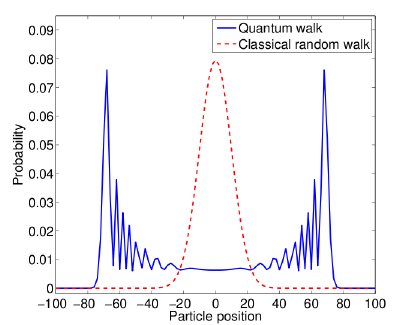
可以做什麼?
為什麼要製作量子骰?
公正無偏差
好奇心
訓練自己的思考邏輯
(Equal - Probability version)
基本的量子骰
-
\(2^{n}\) 面骰
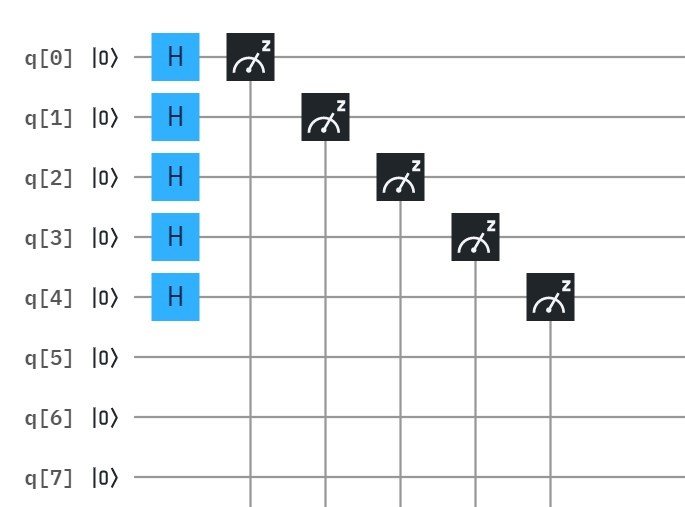
...
...
只有\(2^{n}\)?
-
N in \(2^{i}\)
\(i=\lceil \log_{2}N\rceil\)
\(P(re-measure)=1-\frac{N}{2^{i}}\)
\(\uparrow minium\ needed\ qubit\ count\)
不想重丟?
那就嚴格定義
\(|\varphi_{i}\rangle=\frac{1}{\sqrt{N}}(\sum_{n=0}^{N-1}|n_{2}\rangle)\)
\(\ni P(re-measure)=0\)
-
\(Ry(\theta),\ Rx(\theta)\)... 微調
\(|0\rangle \rightarrow \sqrt{1-\beta}|0\rangle + \sqrt{\beta}|1\rangle\)
\(Ry(2sin^{-1}(\sqrt{\beta}))|0\rangle\)
\(N=a_{0}2^{0} + a_{1}2^{1} + a_{2}2^{2} + a_{3}2^{3} + ...\)
想法
\(\rightarrow 7=4+2+1\)
\(7Face=4Face+2Face+1Face\)

0 1 0 1 0 1 0
0 0 1 1 0 0 1
0 0 0 0 1 1 1
(1)
(2)
優點
-
有系統
缺點
-
迴路width、depth太大
可以丟給電腦算
操作必有誤差(目前)

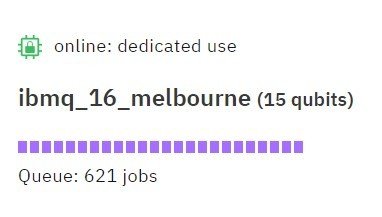

width(4)
depth(10)
11934 - Face Dice
-
Width:26
-
Depth:109
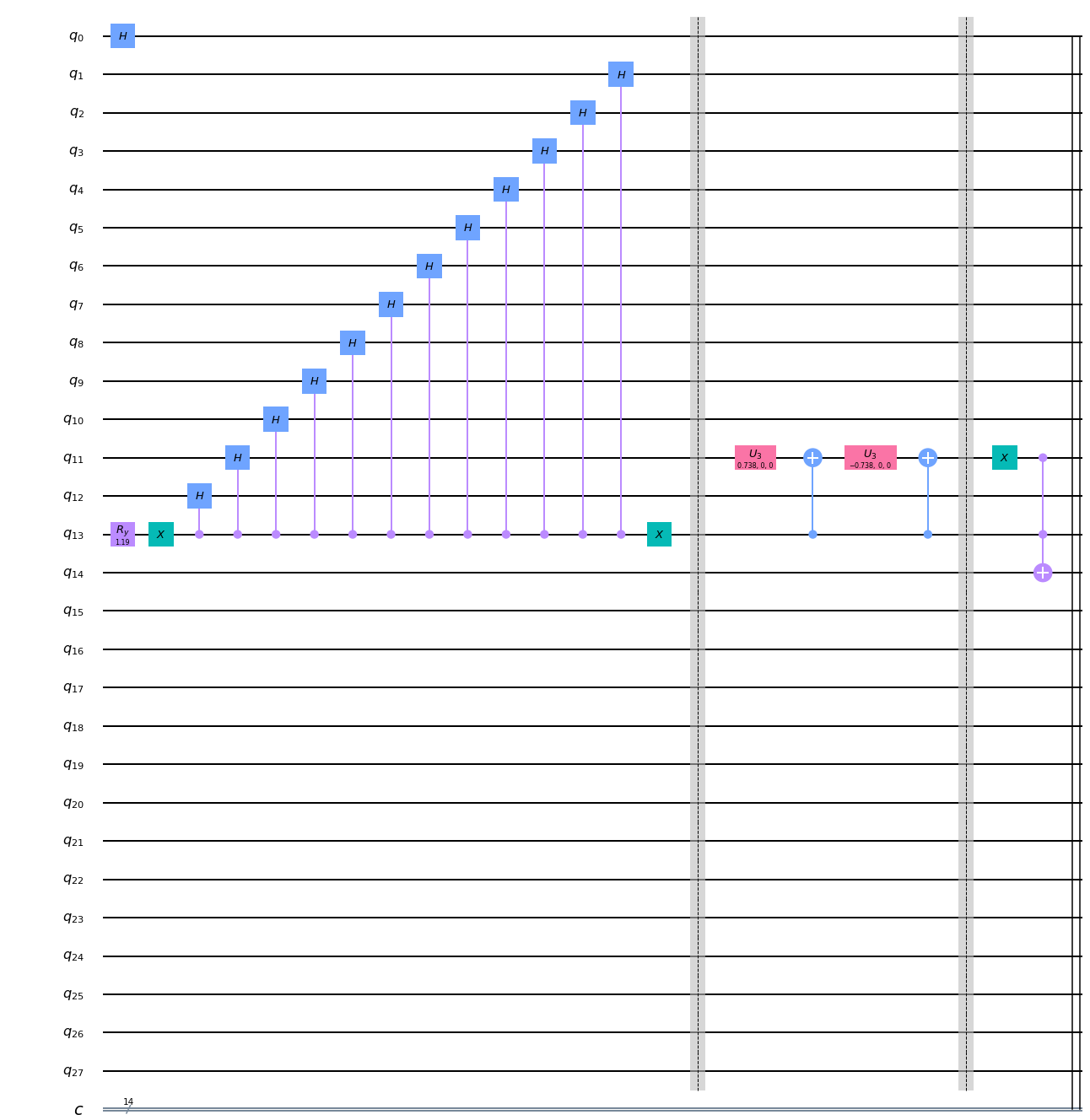
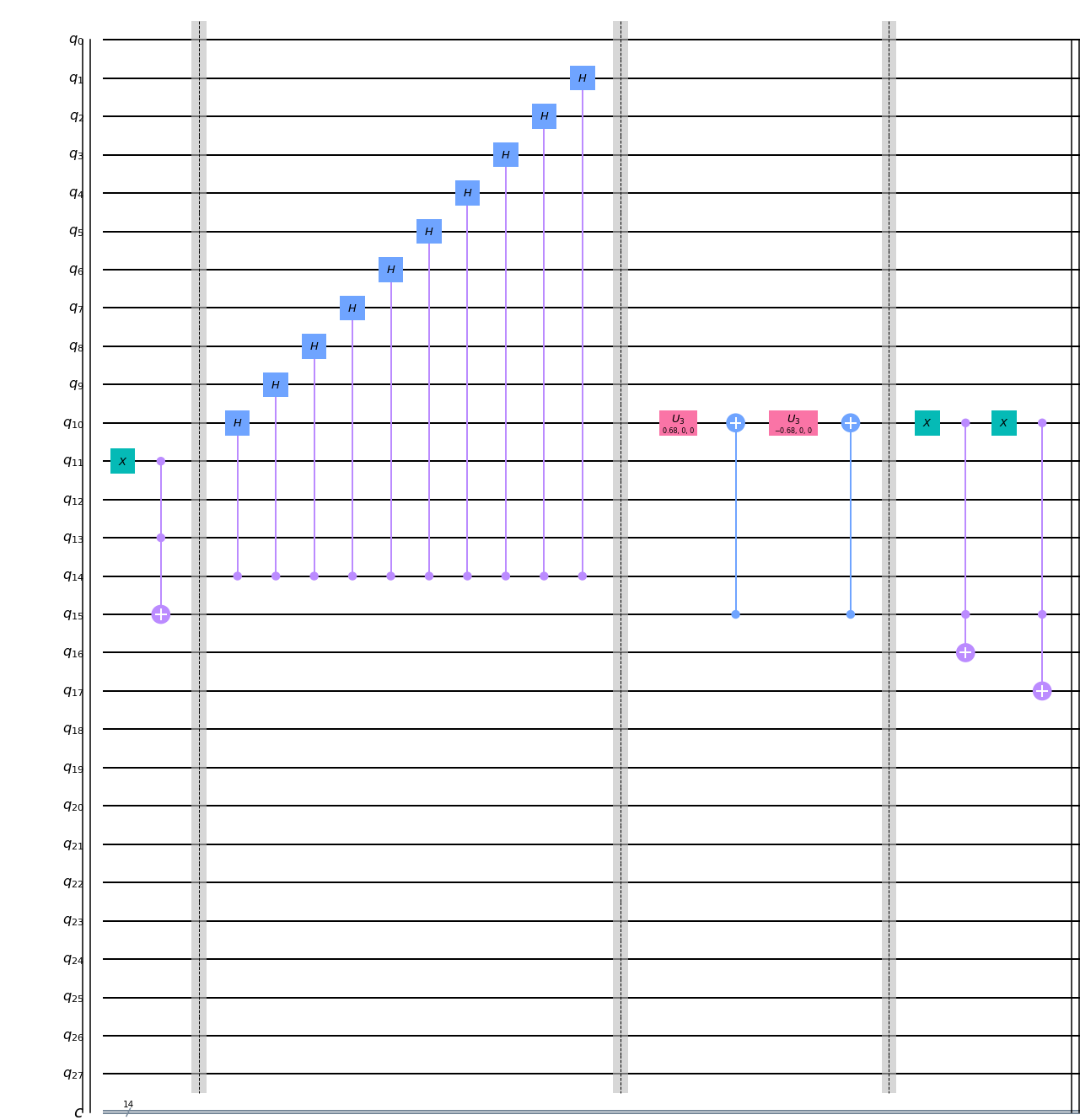
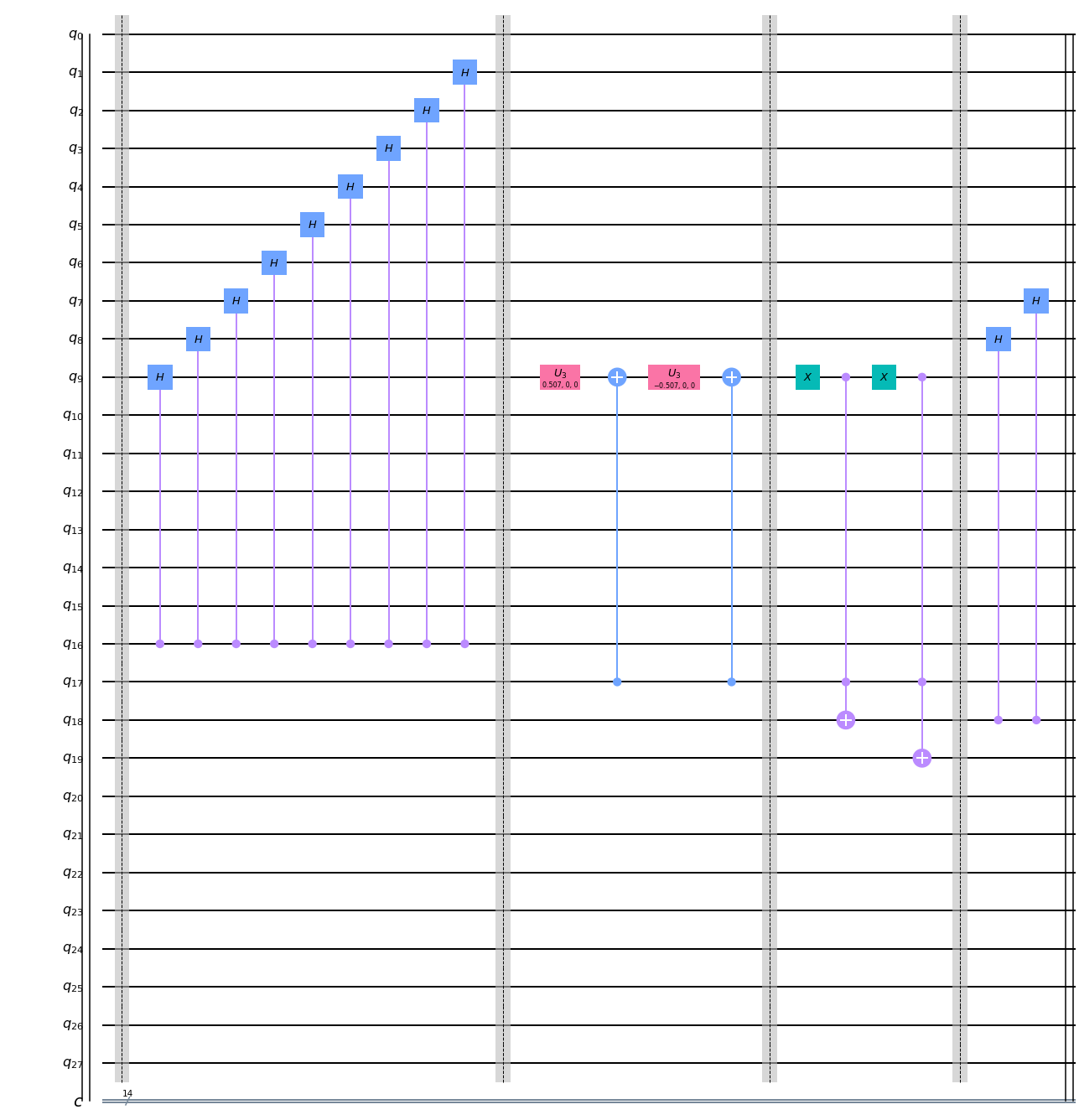
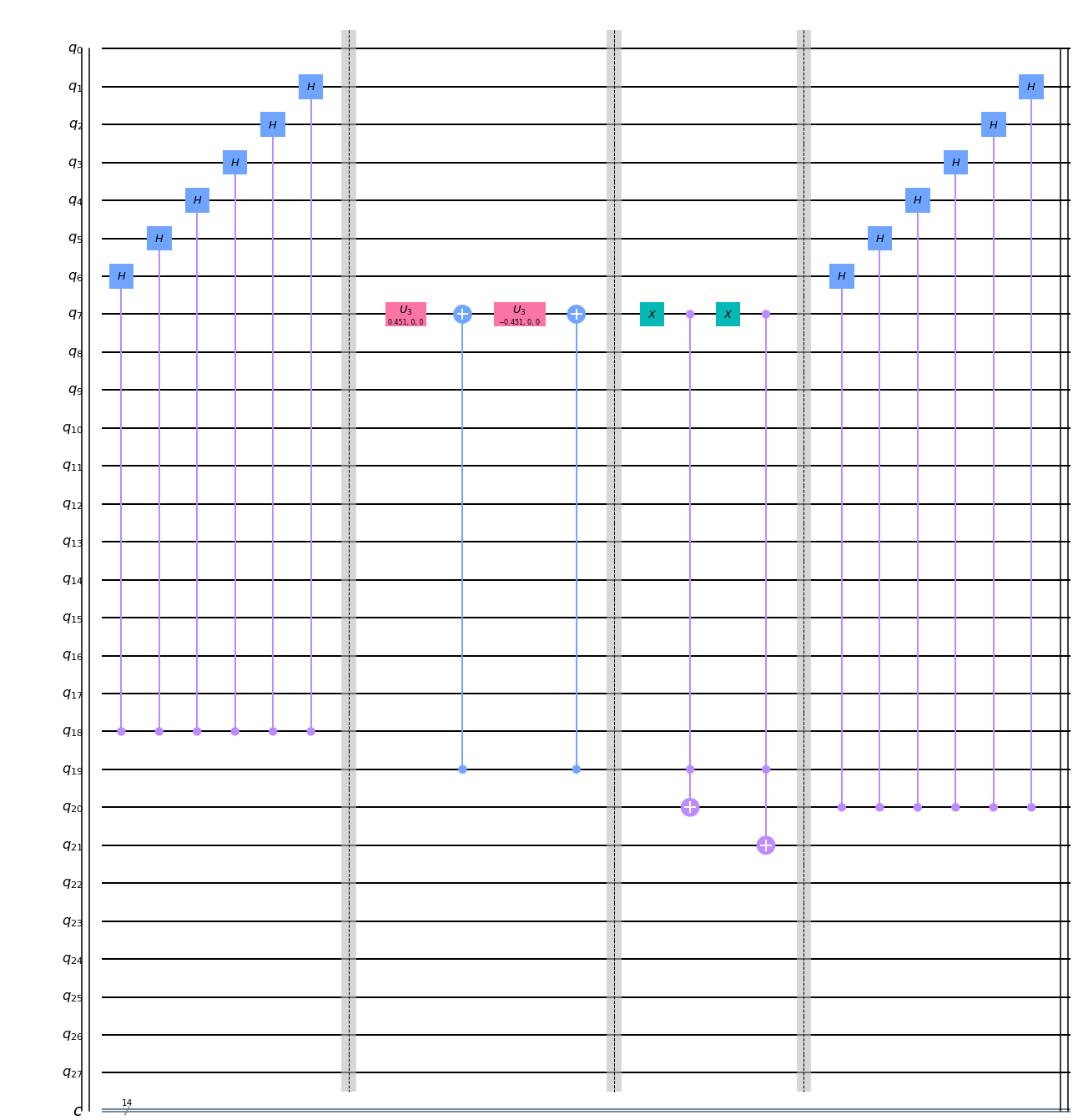
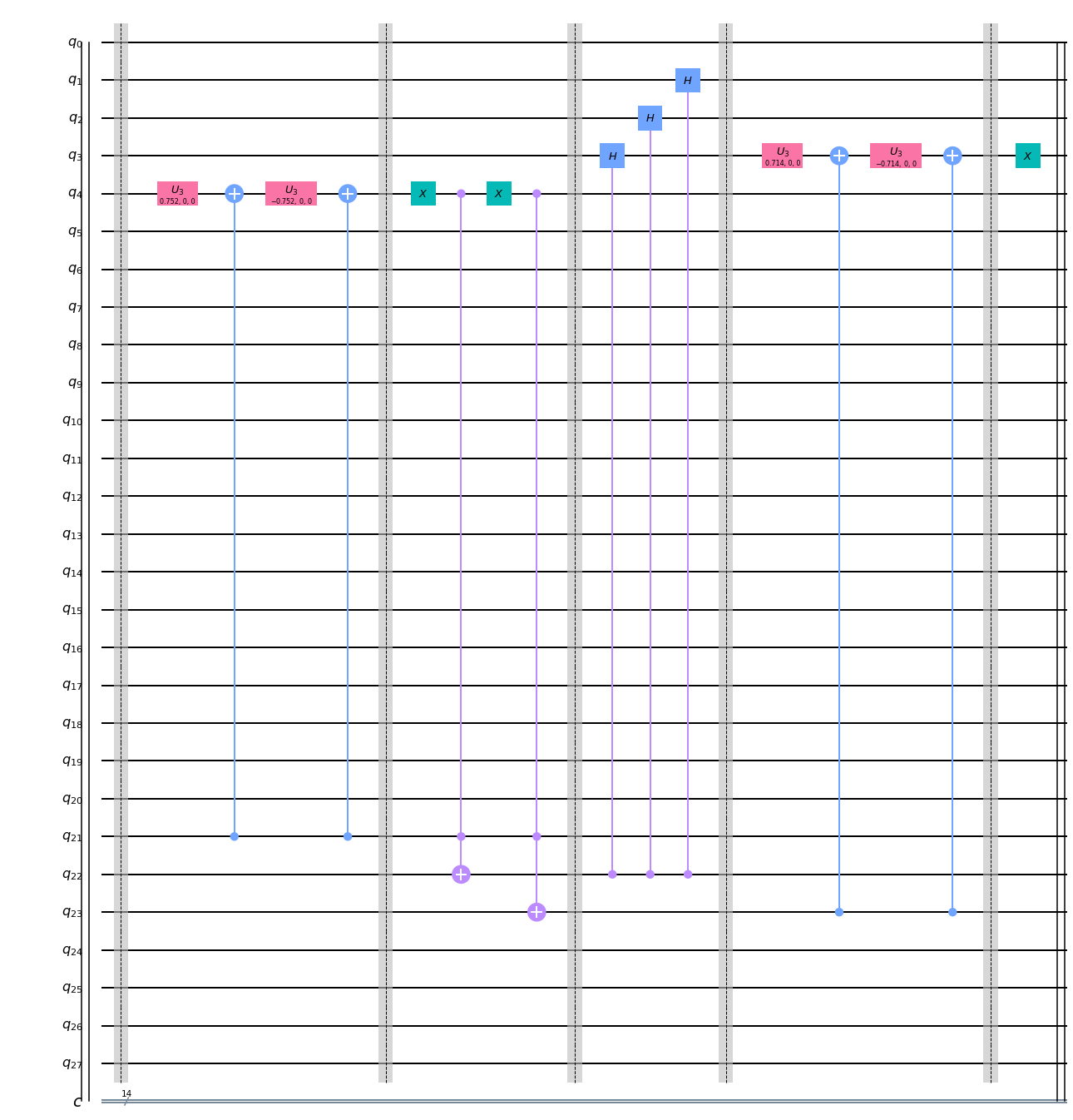
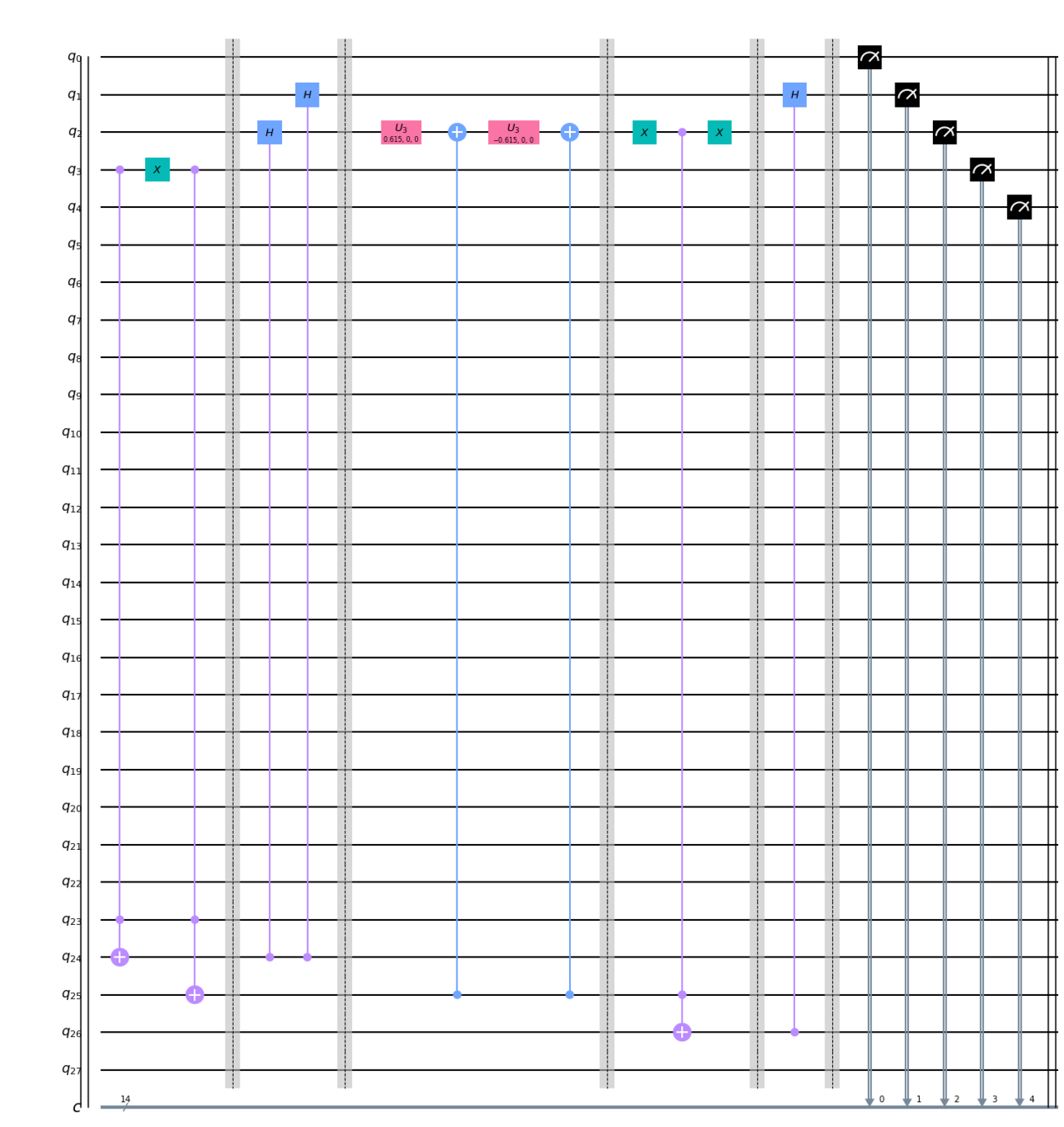
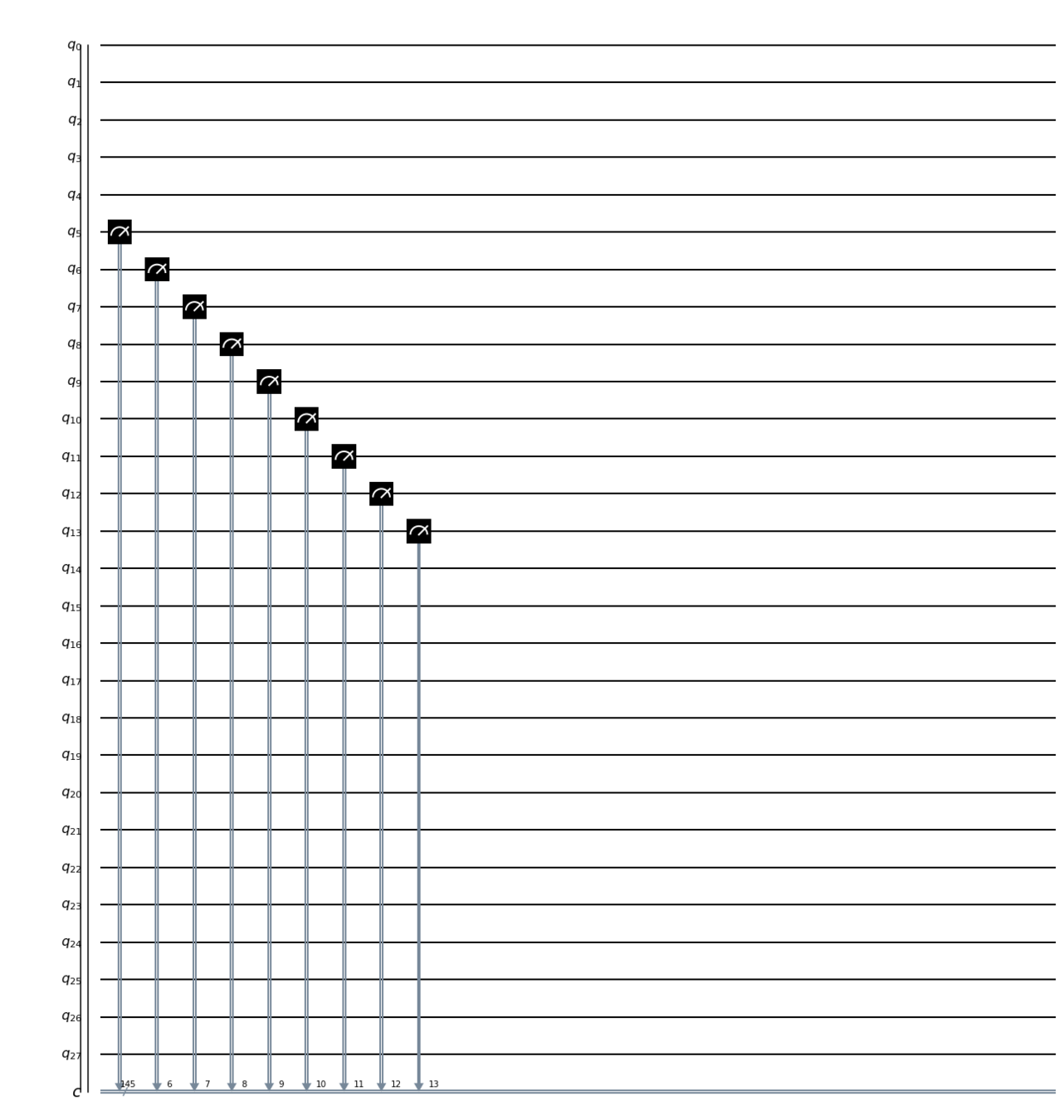
改善方法
-
使用多個量子位元\((Width\uparrow)\) -
善用reset()
-
質因數分解
-
迴路優化
-
善用reset() + 質因數分解 + 迴路優化
(Most ideal way)
11934 - Face Dice
(After using reset())
-
Width:\(26\rightarrow 16\)
-
Depth:\(109\rightarrow 96\)

質因數分解優化
\(N=\prod_{i=1}^{\omega(N)}p_{i}^{a_{i}},\ p=prime\)
\(N=p_1 \otimes p_2 \otimes p_3 \otimes p_4 \otimes p_5 \otimes p_6\ ... \)
\(\downarrow k=k_{face}\)
\(max(p_1\otimes p_2)=(p_{1}-1)_2^{c}+(p_{2}-1)_2^{c}\)
\(Ex:1_{10}+1_{10}=11_{10}\)
\(Ex:10_2+10_2=1010_2=10_{10}\)
\(x_{k}^{c}+y_{k}^{c}=x_{k}\otimes y_{k}=x_{10}\cdot k^{\left \lfloor \log_{k}y_{10} \right \rfloor +1}+y_{10}\)
\(ideal:(p_{1}-1)_2^{c}+(p_{2}-1)_2^{c}=p_{1}p_{2}-1\)
\(\rightarrow (p_{1}-1)2^{\left \lfloor \log_2(p_{2}-1) \right \rfloor +1}+(p_{2}-1)=p_{1}p_{2}-1\)
\(...\)
\(\rightarrow p_{2}\in 2^{k},\ k \in \mathbb{N}\)
\(or\ p_1=1\rightarrow\) 不合
\(\because prime\ factorization\ of\ N\)
\(\therefore if\ p_{2}=2^{k},\ p_{2}=2\)
\(if\ p_{2} \neq 2,\ max(p_{1}\otimes p_{2})>p_{1}p_{2}-1\)
是第幾個?
\(|\varphi_{98}\rangle=7\otimes 7\otimes 2\)
\(if\ |\varphi_{98}\rangle (Observe)=1010001\)
\(1010001=101\otimes 000\otimes 1\)
\(101\mapsto 6,\ 000\mapsto 1,\ 1\mapsto 2\)
\(\rightarrow result=6\cdot 1\cdot 2=12\)
(0~...)
既然是組合體,那就拆開看。(?)
真的是這樣嗎?
如果...
\(N=15=5\cdot 3\)
\(\rightarrow result_1=00010\)
\(\rightarrow result_2=01000\)
\(result_1=000^c + 10^c=1\cdot 3=3\)
\(result_2=010^c+00^c=3\cdot 1=3\)
\(result_1 = result_2\)
?!?!?!??!?!?!
這顯然不太對。
注意,我們得出的字串為一複合進位數。
在這個例子中它是一個\((5^c+3^c)\)進位的數字。
所以將會需要經過適當的轉譯
才可得出我們要的正確答案
正確轉譯方式請看此hackmd中的
"基於複數個有序集合乘積的複合質數進位制轉譯"
章節
11934 - Face Dice
(After using reset() & factorization)
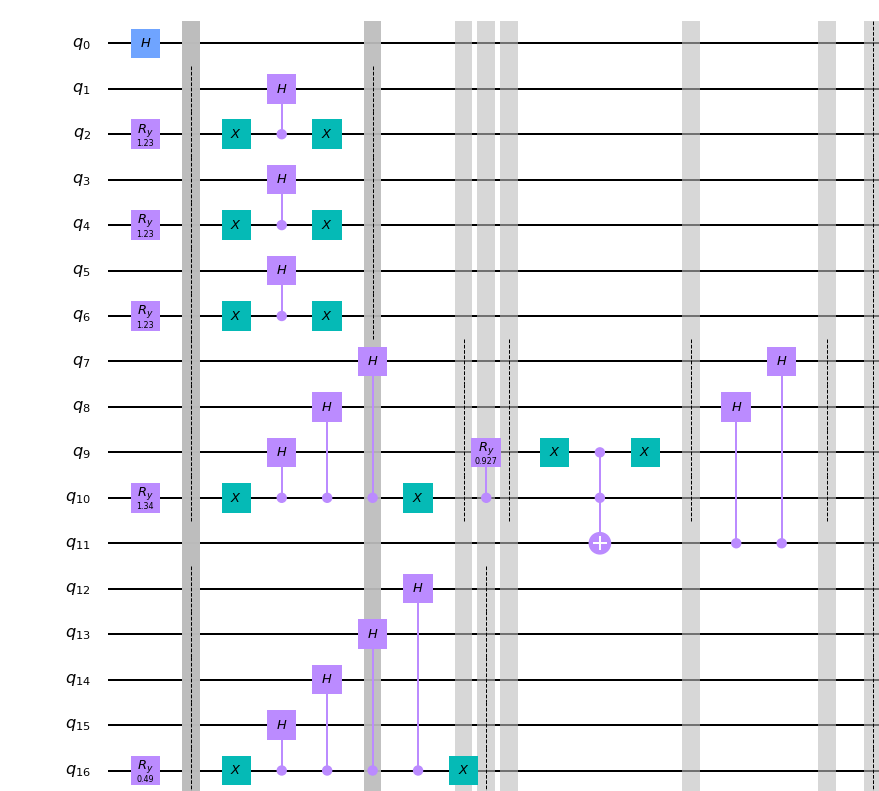
-
Width:\(16\rightarrow 17\)
-
Depth:\(96\rightarrow 13\)
優化方式 extra
(字串優化 + \(H\ Gate\) 干涉原理)
\(7\) 除了可以被寫成 \(4+2+1\),
也相當等於 \(8-1\)。
因此可以利用公比為2的等比數列和原理,
對於一個範圍內之字串進行長度優化。
(可能的)
複雜度為\(O(\log(N))\)
可優化判定:
\(2(\Lambda(N_{n\ \sim\ m})-1)>i\)
其中 \(\Lambda\) 為 \(Digit\ sum\)
雖然在理論上是可做的,
但是實作上尚未發現可以處理複雜干涉與糾纏的問題,
因此尚在研究中...
#include <iostream>
#include <vector>
#include <stack>
#include <algorithm>
using namespace std;
int main() {
long long int N;
cin >> N;
stack<short> N_2;
while(N >= 2) {
N_2.push(N%2);
N = (N-(N%2))/2;
}
N_2.push(N);
vector<short> N2;
N2.push_back(0);
while(!N_2.empty()) {
N2.push_back(N_2.top());
N_2.pop();
}
vector<short> coor;
vector<short> value;
for(int i = N2.size()-2; i >= 1; i--) {
if(N2[i] == 1 && N2[i-1] == 0) {
coor.push_back(i);
short sum_pN = 0;
for(int j = N2.size()-1; j >= i; j--) if(N2[j] == 1) sum_pN++;
value.push_back(2*(sum_pN-1)-(N2.size()-i));
}
}
for(auto i : N2) cout << i << ", ";
cout << "\n";
for(auto i : coor) cout << i << ", ";
cout << "\n";
for(auto i : value) cout << i << ", ";
cout << "\n";
cout << "As for the best results: ";
short best = *max_element(value.begin(), value.end());
cout << best << " string shorter\n";
cout << "In coor: ";
for(int i = 0; i < value.size(); i++) if(value[i] == best) cout << coor[i] << ", ";
return 0;
}ご覧になりまして
ありがとうございました。
演算法
N為面數,I為檢驗值\(2^{i_{N}-1}\),A為狀態陣列,Ry為旋轉數據陣列
A.push_back(1)
Ry.push_back(\(\frac{N-I}{N}\))
N -= I
A.push_back(0)
Ry.push_back(0)
I /= 2
\(N-I>=0\)?
yes
no
INI
END
if(N == 0)
程式碼
Quantum Dice
By phantom0174
Quantum Dice
To people who are into quantum dice.
- 659



